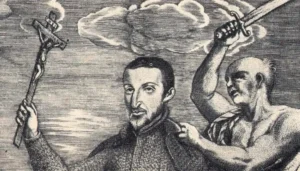
Matå’pang: Evolution of the Term
Evolution of the term. Matå’pang is a Chamorro/CHamoru word currently used to describe a person who is acting careless, rude or stupid. It is a

Evolution of the term. Matå’pang is a Chamorro/CHamoru word currently used to describe a person who is acting careless, rude or stupid. It is a
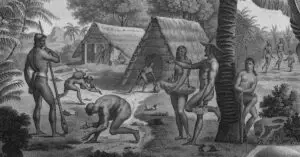
Competition for rank and status. As in any culture, Chamorros/CHamorus compete against themselves in various ways, whether at the level of individuals, families, neighborhoods, villages

The Chamorro term ma’goddai can be described as a strong feeling one gets when they admire someone because of their appearance such as being poki

The phrase Chamorro/CHamoru parents say to their children that best illustrates the core CHamoru value of respetu (respect) is “Mungga na un ma’ mamåhlao.” (Don’t
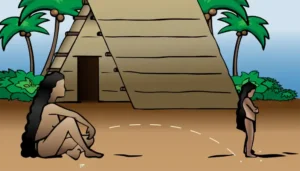
Codes of conduct. From what is written in historical texts about Guam and the Mariana Islands, Chamorro ancestors disciplined children though not by corporal punishment.

In CHamoru culture many values are exhibited in daily life. Geftao (generous, giving in the CHamoru language) is an example of a principle that conveys
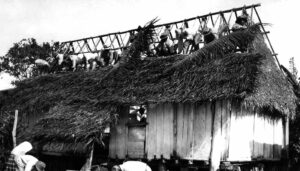
Chenchule’ refers to the intricate system of social reciprocity at the heart of ancient and contemporary CHamoru society. Chenchule’ is a support system of exchange
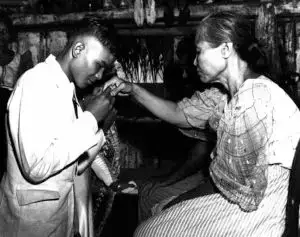
Nginge’ is a term that describes the smelling or sniffing of the back part of an elder’s slightly raised right hand. Elders, or manåmko, collectively
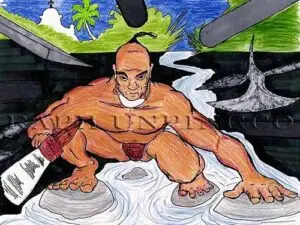
Matatnga is defined as “strong personality or fearless.” Chief Hurao, a CHamoru leader during the Spanish-CHamoru wars in the late 1600s, was the living embodiment
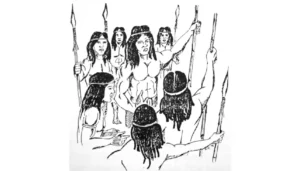
The CHamoru expression inafa’ maolek (making it good for each other) expresses a core CHamoru value. A life of harmony is taken to be the